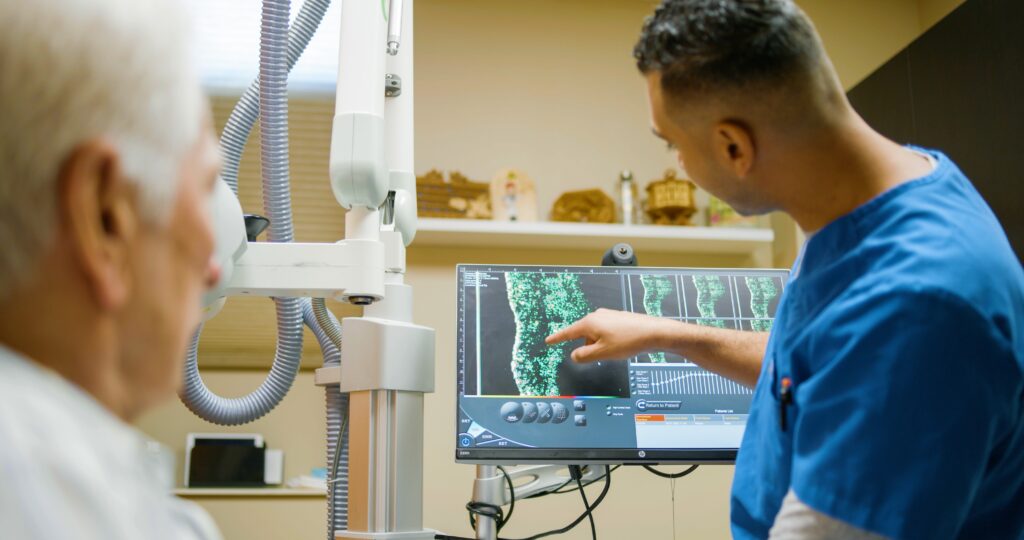New guidelines from the Dermatology Association of Radiation Therapy (DART) call for standardized dosing and fractions when treating basal cell carcinoma (BCC) and squamous cell carcinoma (SCC) patients with image-guided superficial radiation therapy (IGSRT).
IGSRT combines high-resolution dermal ultrasound imaging with superficial radiation therapy.
The new guidelines, created by members of the association’s education and research committees, focus on appropriate use criteria for IGSRT in BCC and SCC. They offer detailed and distinct criteria for both cancer types, including diagnosis, staging, and use of IGSRT, contraindications, rationale and protocol, follow-up, and more.
The guidelines emphasize the need for a multidisciplinary team in the dermatology setting that includes a board-certified dermatologist and board-certified radiation therapist for IGSRT treatment delivery under the supervision of the prescribing dermatologist, access to a board-certified radiation oncologist and medical physicist, and weekly national Grand Rounds to assist dermatologists with complex scenarios. These may include dose decay calculations, inverse square calculations, and a review of beam parameters and field placement to determine whether the anatomic location of the current cancer overlaps with previously radiated fields, the guidelines state.

“For the first time, there are guidelines that offer standard use criteria for IGSRT,” DART President and Chairman Jacob Scott, MD, DPhil, DABR, and radiation oncologist at the Cleveland Clinic in Ohio, tells TDD. He adds that the guidelines are a “living, breathing” document that will evolve along with the research on this treatment modality. “The guidelines standardize IGSRT procedures, which will make it easier to study them in the future because it will eliminate some of the heterogeneity that exists today.”
Mohs surgery was the standard treatment for people with skin cancer, but research has shown that outcomes are equivalent to IGSRT for early-stage high- and low-risk BCC and SCC. “It’s all about patient choice,” Dr. Scott says. “We have two tools that offer the same outcomes but have different side effect profiles.” Mohs surgery can leave scars requiring reconstructive surgeries or revisions, and IGSRT can be associated with pigment changes. In addition, IGSRT does require multiple 15- minute treatment sessions delivered three or four times per week over five to seven weeks, whereas Mohs surgery is typically performed in one surgical session.


